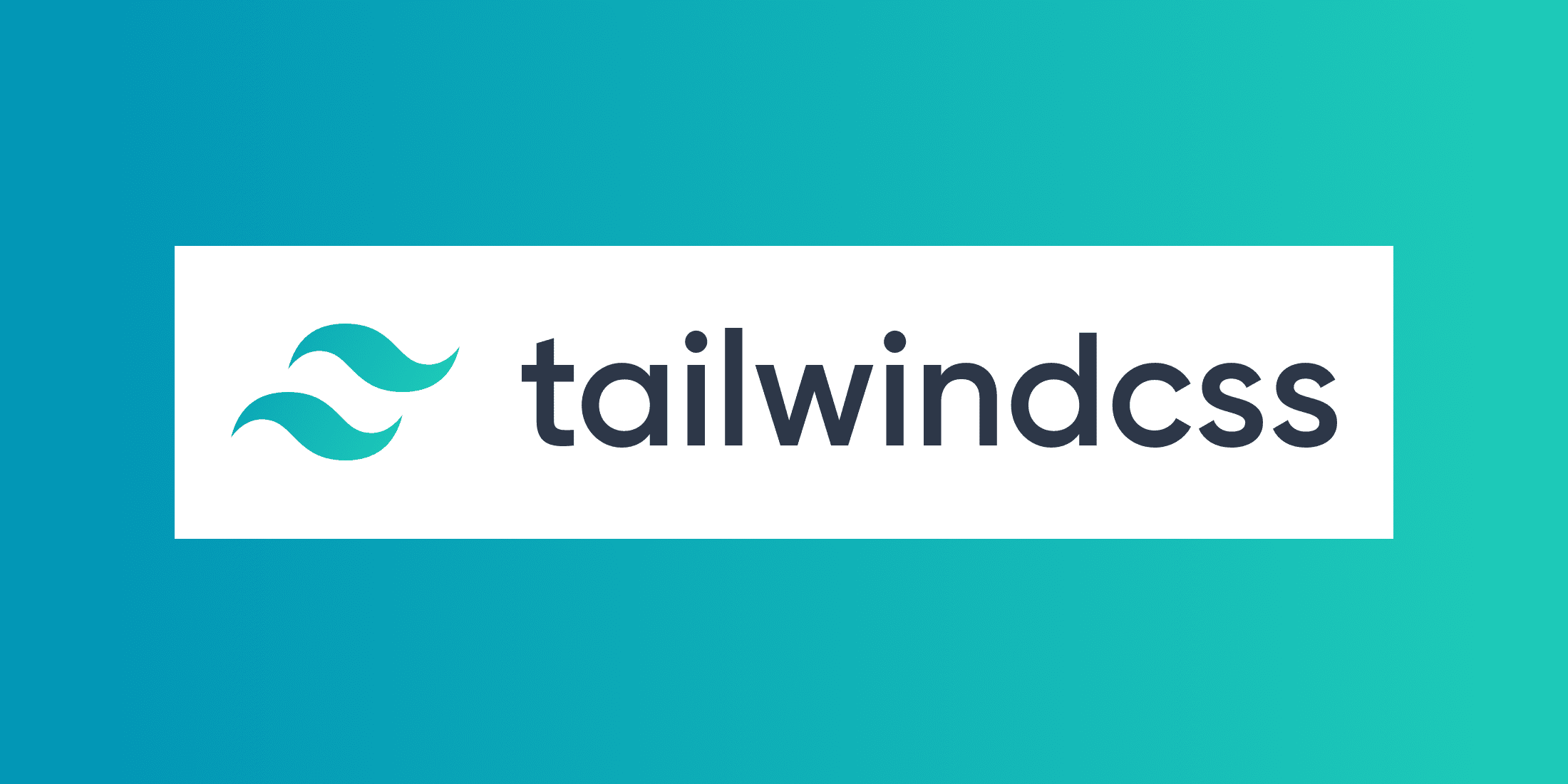Tailwind CSS: Utility-First CSS Framework
April 30, 2023
Gayathri R N
I am Senior Frontend Developer/Tech Lead with 6 years of industry experience.
Tailwind CSS is a popular utility-first CSS framework used for building modern web applications. With Tailwind CSS, you can create custom designs quickly and easily by using pre-defined classes for common styles.
CSS

Tailwind CSS is a popular utility-first CSS framework used for building modern web applications. With Tailwind CSS, you can create custom designs quickly and easily by using pre-defined classes for common styles. In this blog post, we'll explore how to use Tailwind CSS and its best features, along with its advantages.
How to Use Tailwind CSS
Installation
The first step to using Tailwind CSS is to install it in your project. You can do this using npm or yarn:
npm install tailwindcssor
yarn add tailwindcss
Configuration
Once installed, you need to configure Tailwind CSS in your project. You can do this by creating a configuration file, usually named tailwind.config.js. In this file, you can define your custom styles, colors, and more.
// tailwind.config.js
module.exports = {
theme: {
extend: {
colors: {
'primary': '#3490dc',
'secondary': '#ffed4a',
'danger': '#e3342f',
}
}
},
variants: {},
plugins: [],
}
Using Tailwind CSS Classes
With Tailwind CSS installed and configured, you can start using its classes in your HTML or React components. For example, to add a blue button, you can use the bg-blue-500 class:
<button class="bg-blue-500 text-white font-bold py-2 px-4 rounded">Button</button>
This will create a blue button with white text, a bold font, rounded corners, and a padding of 2 pixels on the y-axis and 4 pixels on the x-axis.
Best Features of Tailwind CSS
Utility-First Approach
Tailwind CSS follows a utility-first approach to CSS, which means that it provides pre-defined classes for common styles like typography, spacing, and colors. This makes it easy to create custom designs quickly and easily, without having to write custom CSS.
Customizable
Tailwind CSS is highly customizable, allowing you to define your own styles, colors, and more in the configuration file. This makes it easy to create a unique look and feel for your web application.
Responsive Design
Tailwind CSS provides responsive design classes, allowing you to create different layouts for different screen sizes. This makes it easy to create a mobile-friendly web application that looks great on any device.
Integrated with React
Tailwind CSS works well with React, providing pre-defined classes for common React components like buttons, forms, and more. This makes it easy to create a consistent look and feel for your React application.
Advantages of Tailwind CSS
Faster Development
Tailwind CSS can speed up the development process by providing pre-defined classes for common styles, making it easy to create custom designs quickly and easily.
Consistent Design
Tailwind CSS provides a consistent design system, making it easy to create a unified look and feel for your web application.
Flexible
Tailwind CSS is highly customizable, allowing you to define your own styles, colors, and more. This makes it easy to create a unique look and feel for your web application.
Efficient
Tailwind CSS generates optimized CSS, which means that it only includes the styles that you actually use. This results in smaller file sizes and faster page load times.
Conclusion
Tailwind CSS is a powerful utility-first CSS framework that can help you create custom designs quickly and easily. With its pre-defined classes, responsive design, and integration with React, it's a great
Here are some resources to help you learn Tailwind CSS:
- Tailwind CSS Documentation: The official Tailwind CSS documentation is a great place to start learning about the framework. It covers all the basics and provides in-depth explanations of the features and concepts used in Tailwind CSS. https://tailwindcss.com/docs
- Tailwind CSS Crash Course: This YouTube video by Traversy Media provides a quick crash course on using Tailwind CSS. It covers the basics of Tailwind CSS and demonstrates how to use it to build a simple landing page.
https://www.youtube.com/watch?v=UBOj6rqRUME
